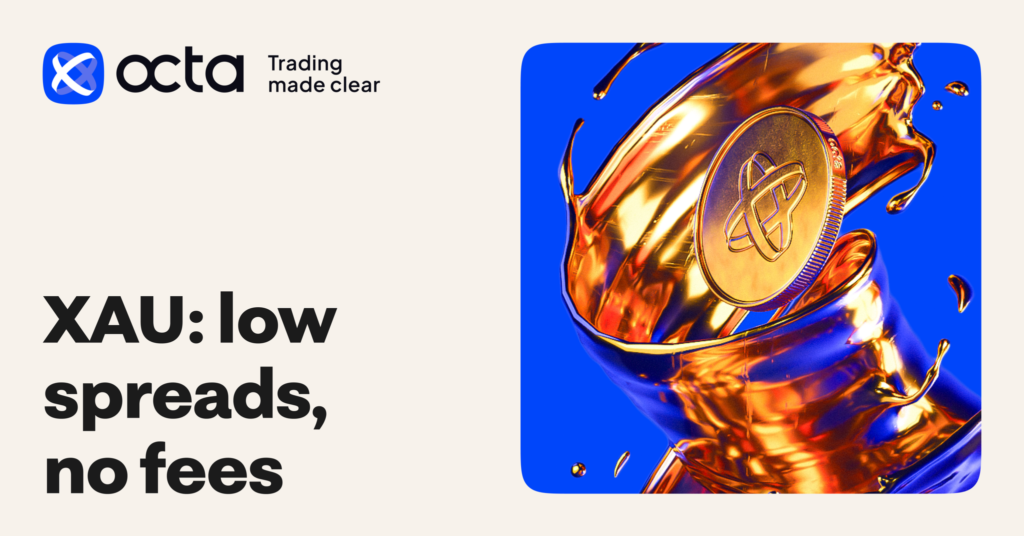Buying Climax Vs Bull Climax
“Two common yet distinct terms that often arise in the context of market trends are Buying Climax and Bull Climax.”
Click the play button to listen to audio
Table Of Contents
Market behavior is a key to successful trading. Two common yet distinct terms that often arise in the context of market trends are Buying Climax and Bull Climax. While they may seem similar, they represent different phases in market cycles and provide unique insights for traders.

New to forex?
Learn how to trade forex with our PhD membership, it is the complete beginner’s guide to forex trading.

Become a diamiond trader
Cut through the noise to find the exact diamond techniques one top 1% traders know about.

New to crypto?
Skip the hype and plug into the exact strategies smart traders use to build wealth in digital assets.
What is a Buying Climax?
A Buying Climax occurs when the price of an asset rises rapidly, driven by excessive buying activity, often fueled by speculative enthusiasm. It typically happens near the top of a bull market and signals the end of a bullish trend. This phase is characterized by a surge in volume and price, but eventually, buying pressure starts to wane as market participants begin to take profits. Once this climax is reached, the market often experiences a reversal or consolidation.
Traders watch for signs of a Buying Climax to avoid entering trades too late in the bullish phase, as it usually marks an imminent peak.
What is a Bull Climax?
On the other hand, a Bull Climax is a sharp, explosive price movement that occurs during an ongoing bullish trend. Unlike the Buying Climax, which signals the end of a rally, the Bull Climax represents a final burst of buying before a correction or a prolonged period of consolidation. This sharp surge is often followed by a sharp drop or pullback as the market corrects itself.
A Bull Climax may be seen as the market’s last “hurrah,” where the final wave of optimism pushes prices to new highs, only to be followed by exhaustion.
Key Differences
- Timing: A Buying Climax typically happens near the end of an uptrend, while a Bull Climax happens during the rally itself.
- Market Sentiment: The Buying Climax suggests that buying enthusiasm is dying down, whereas the Bull Climax signals a final surge of bullish excitement.
- Resulting Market Behavior: A Buying Climax often precedes a reversal or bearish trend, while a Bull Climax signals a brief correction before the trend resumes.
Conclusion
Both Buying Climax and Bull Climax are critical signals for traders to recognize, as they provide valuable insights into potential market reversals or corrections. Understanding the difference between the two can help traders make informed decisions and time their entries and exits more effectively.
Get Early Access Today!
Be the first to explore our latest features and exclusive content tailored for you.
By clicking “Subscribe”, you accept our Terms and Conditions.
Table Of Contents
Premium Materclass
Full 1 Year Mentorship on Forex Trading
Professional-level insights with Inner Circle Traders (ICT) strategies, mastering precision trading techniques used by institutional investors
Learn More...





